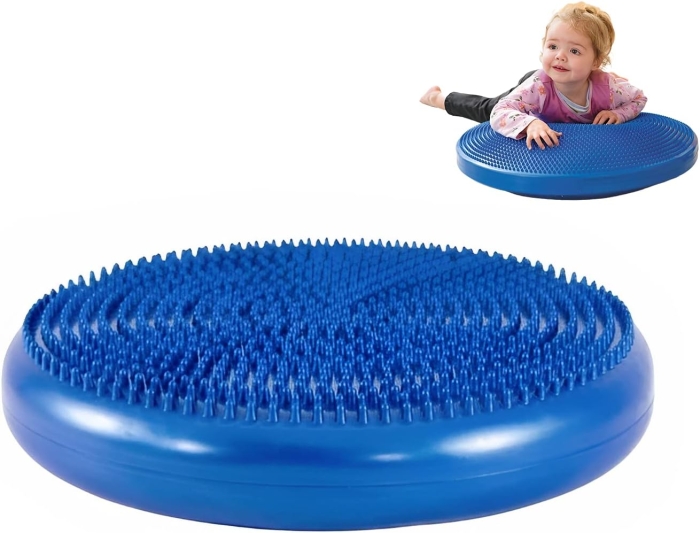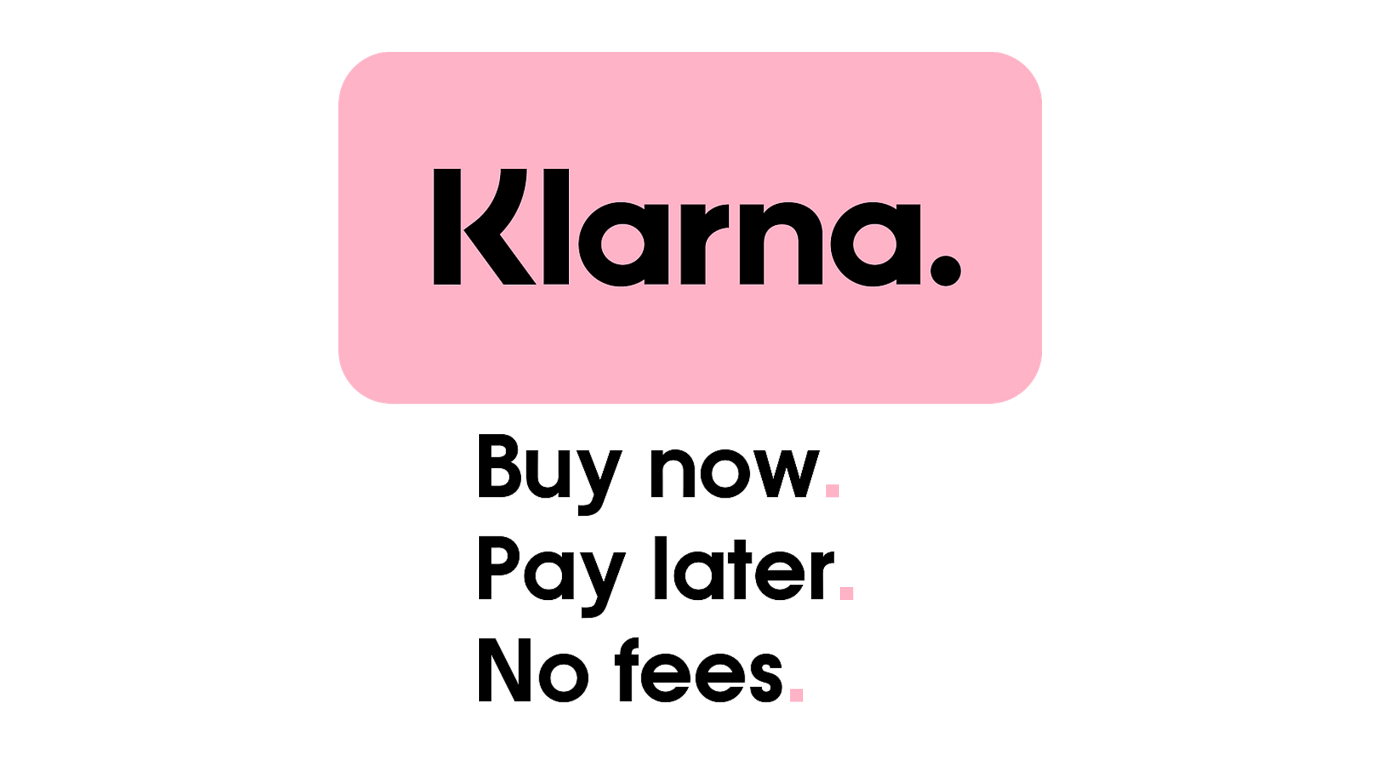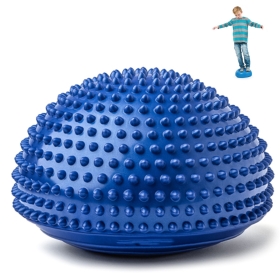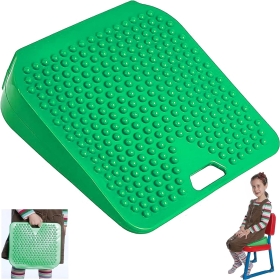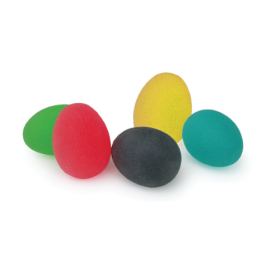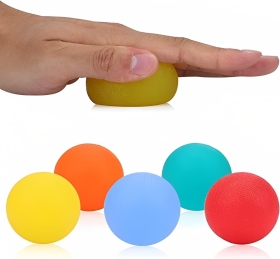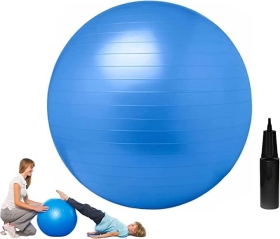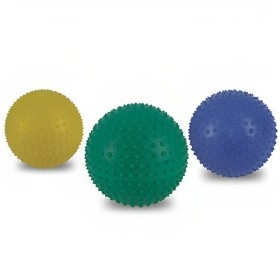Sensory Tactile Air Wobble Cushion 60cm - Supersized Balance Aid, Toy And Fun Seat for Kids, Teens And Adults
Can be used on the floor to strengthen lower body and to train for balance. Sensory seat cushions are a valuable tool in the classroom, allowing children to sit comfortably.
Product Description
- Versatile Sensory Play Cushion: One side of the cushion is bumpy while the other side is more gently textured to provide users with a multiple sensations enhancing sense of touch and coordination.
- Classroom Use: Can be used on the floor to strengthen lower body and to train for balance. Sensory seat cushions are a valuable tool in the classroom, allowing children to sit comfortably.
- For Focus And Concentration: Used as sensory seats, the cushions help to stimulate sensory awareness, to aid children to moderate their movement and focus on the task at hand.
- Variable Air Inflation: For those who are sensory seeking, or need of more vestibular sensory input. The sensory cushion is inflatable up/down to size required, based on need or use.
- Tactile Floor Activities: Tactile anti-burst cushions can be used for a range of different therapeutic uses. Encouraging balance and co-ordination as well as tactile sensations. Improves posture, supports muscle and encourages active sitting.
How can Sensory seating help kids with Sensory Disorders?
Research on the use of seating accommodations specifically to help individuals with Sensory Disorders is limited and often indirect. However, there is research on related topics and strategies that can provide some insights into the potential benefits of seating accommodations. Here are a few points to consider:
- Ergonomic Seating: Research has shown that ergonomic seating can have a positive impact on posture and comfort during prolonged sitting. While not Sensory Disorder specific, improved comfort and posture may indirectly benefit individuals with Sensory Disorders by enhancing their ability to stay focused.
- Dynamic Seating: Some studies have explored the benefits of dynamic seating options, like wobble chairs or stability balls, in educational settings. These seating options can provide subtle movement, which may help individuals with Sensory Disorders satisfy their need for physical activity and reduce restlessness.
- Sensory-Friendly Environments: Creating sensory-friendly environments, which may include comfortable seating and sensory-friendly textures, can be helpful for individuals with Sensory Disorders who have sensory sensitivities. Such environments can help reduce distractions and anxiety.
- Individualized Accommodations: The most effective approach for managing Sensory Disorders in educational or work settings often involves individualized accommodations. These accommodations can include seating preferences based on an individual's specific needs and comfort.
- Multi-Sensory Learning Environments: While not directly related to seating, research suggests that multi-sensory learning environments can benefit individuals with Sensory Disorders. Seating accommodations can be part of creating such an environment.
While the research on seating accommodations for Sensory Disorders may not be extensive, the broader understanding of creating supportive learning and work environments can inform strategies that involve seating choices. The key is to tailor accommodations to the individual's unique needs and preferences, as Sensory Disorder symptoms can vary widely among people. Consulting with healthcare professionals, educational specialists, or occupational therapists can help determine the most appropriate seating and environmental strategies for individuals with Sensory Disorders.



